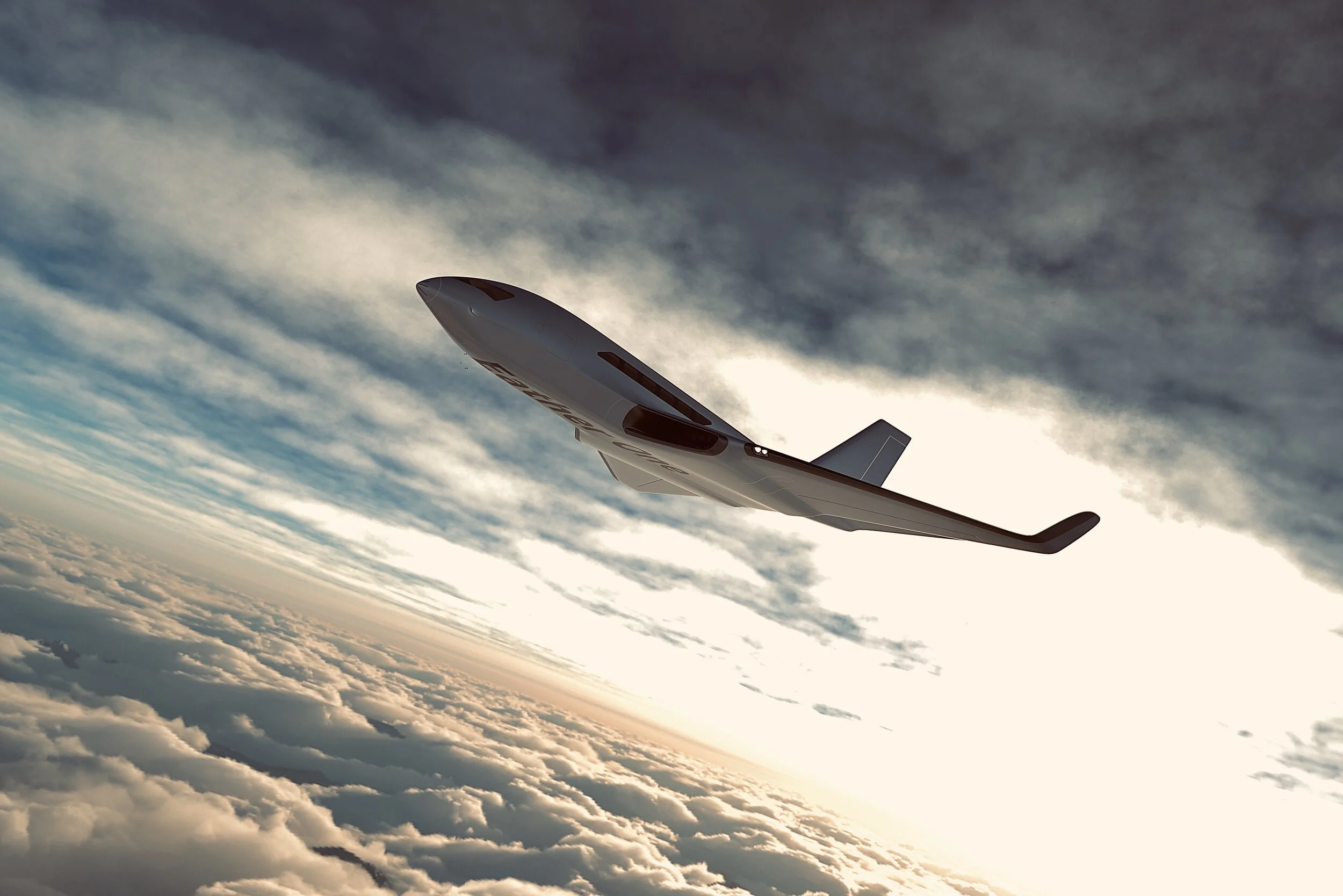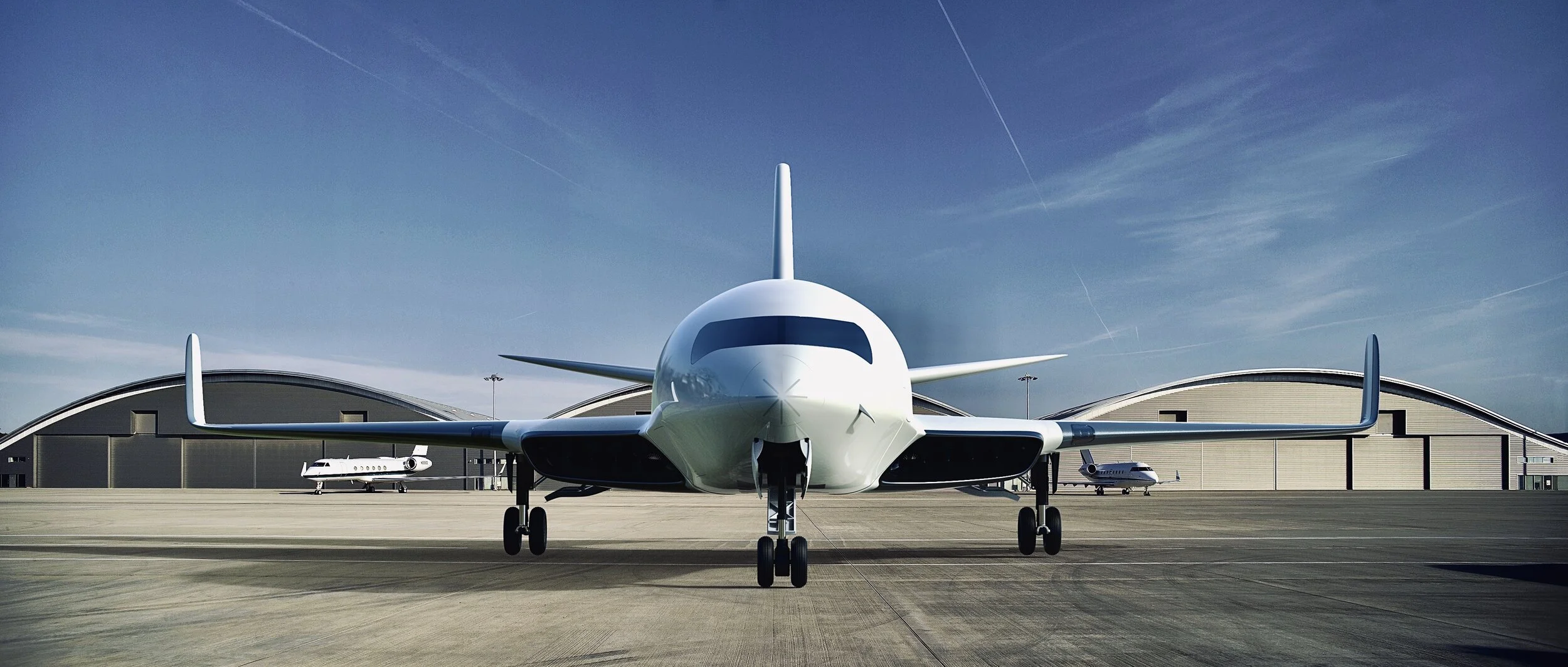
Eather One
After delving into an article addressing the challenges related to electric aircraft - primarily the weight and volume of batteries necessary for sustained flight - a transformative vision appeared in my mind. It was a blueprint that could conceivably address these issues, revolutionizing aviation's future. Now, I am thrilled to share this forward-thinking design – the Eather One.
“Everything comes from the man whose mind is open to new ideas, new concepts, new ways of looking at the world and wondering how these observations can be translated into practical solutions.”
A prominent question concerning electric aircraft, as currently speculated to be developed by companies like Airbus, is how to contend with the colossal weight of batteries essential for such technology? The answer may rest in utilizing the energy that already surrounds us - the electricity that permeates our atmosphere.
Eather One proposes a notable departure from traditional aviation design. Replacing the typical large, fuel-guzzling engines and expansive fuel tanks is a network of twelve smaller electric motors. These motors allow for a more energy-efficient flight model. During the flight, only a fraction of these motors would be necessary to maintain cruising speed, thereby conserving energy. However, during take-off – when more lift power is required – all twelve motors could be employed. This balanced distribution of power, depending on the phase of the flight, leads to increased energy efficiency.
In terms of power generation, the design introduces two parallel systems, both exploiting a fascinating element of physics - the conversion of mechanical energy into electricity.
The first system employs Triboelectric Nanogenerators (TENGs), a ground-breaking technology capable of transforming mechanical energy harvested from friction between dissimilar materials into electrical power. In an aviation context, this system capitalizes on the friction between the air and the aircraft's surface during high-speed flight. Essentially, the more rapid the plane's journey, the more electric charge is produced on its exterior, resulting in more energy generation.
But there's a balancing act here. As the aircraft's velocity increases, so too does the energy needed to maintain that speed. This is where the second system comes into play, utilizing the piezoelectric properties of specialized polymers. These polymers have the remarkable ability to convert mechanical stress directly into electrical energy. During flight, an aircraft's wings endure substantial strain - energy that, in conventional models, is lost. The Eather One concept recommends constructing the wing structure with piezoelectric polymers, thereby transforming this mechanical stress into an additional source of electrical power.
When it comes to energy storage, the Eather One vision proposes the use of state-of-the-art energy capacitors. These modern energy storage solutions are lighter and more efficient than traditional batteries, significantly improving the aircraft's overall energy efficiency.
Perhaps the most captivating facet of this concept is its inherent scalability. As the size of the aircraft increases, the surface area of the shell and the wings increases correspondingly. A larger surface area leads to more friction-generated charge, and larger wings mean more mechanical stress that can be converted into electrical energy. This scalability allows the concept to be adapted to various sizes and types of aircraft, further expanding its potential applications.
The Eather One presents a radical, scientifically plausible vision for electric aviation's future. By ingeniously utilizing the physics of flight and the inherent properties of innovative materials, it highlights a pathway toward truly sustainable and efficient air travel. By transforming the weight challenge into an opportunity for energy generation, we move closer to a future where our skies are traversed by environmentally friendly, energy-efficient aircraft.

